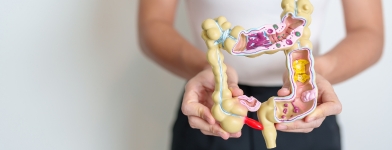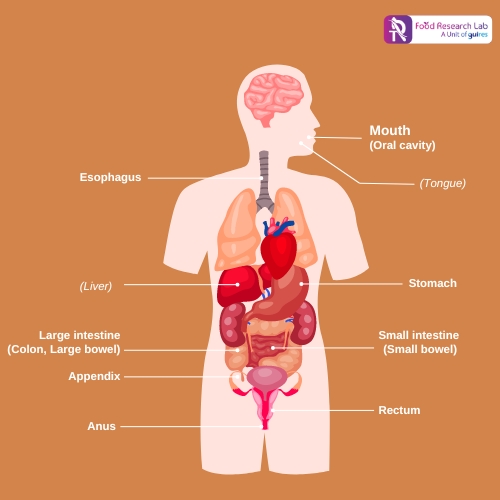
Inflammatory Bowel Disease
Epithelial cells, stroma, immune cells, and goblet and Paneth cells make up the intestinal mucosa. The intestinal epithelium consists of an epithelial monolayer sandwiched between immune cells and tightly linked by tight junctions. The intestine is made up of many projections called villi and invasions known as Lieberkühn crypts. In addition to aiding in the absorption of nutrients, the epithelium acts as a physical barrier between the intestinal lumen’s contents. Additionally, the epithelium transmits and receives signals to and from the immune system and the gut bacteria. 4
The epithelium contains goblet and Paneth cells, which inhibit the spread of luminal pathogens by producing mucus and antimicrobial peptides, respectively. In Crohn’s disease, a significant decrease in goblet cell counts has been associated with a loss of mucus layer thickness, and aberrant mucus composition has been observed in ulcerative colitis. 5
Ulcerative colitis (UC) and Crohn’s disease (CD) are two chronic inflammatory disease entities that are included under the umbrella term of inflammatory bowel disease (IBD). Essentially, endoscopic, radiological, histological, and classical symptomatology form the basis of the diagnosis. 1
Based on clinical features, disease location, and histological traits, IBD is categorized as either ulcerative colitis (UC) or Crohn’s disease (CD).
In the colon, UC results in chronic inflammation and superficial ulcerative disease, while CD is a transmural illness that can affect any portion of the gastrointestinal tract and is frequently linked to the production of granulomas.
IBD significantly burdens the nation’s healthcare system since both UC and CD necessitate ongoing care and surveillance. 2
Live bacteria known as probiotics are intended to cure human immunodeficiency virus-induced diarrhea, difficile colitis relapses, and traveler’s diarrhea. Prebiotics are also necessary substrates for elevated growth of probiotics. Probiotics may change the makeup of the intestines after consumption by preventing the expansion of potentially harmful bacteria, which is advantageous to human health. 8Probiotic therapy has been shown to be helpful for IBD patients in a number of animal models. Additionally, investigations with Saccharomyces boulardii, VSL#3, and Escherichia coli Nissle 1917 (EcN 1917) 7have been undertaken on patients, and it has been suggested that these yeasts may be effective in the treatment of IBD. 6






